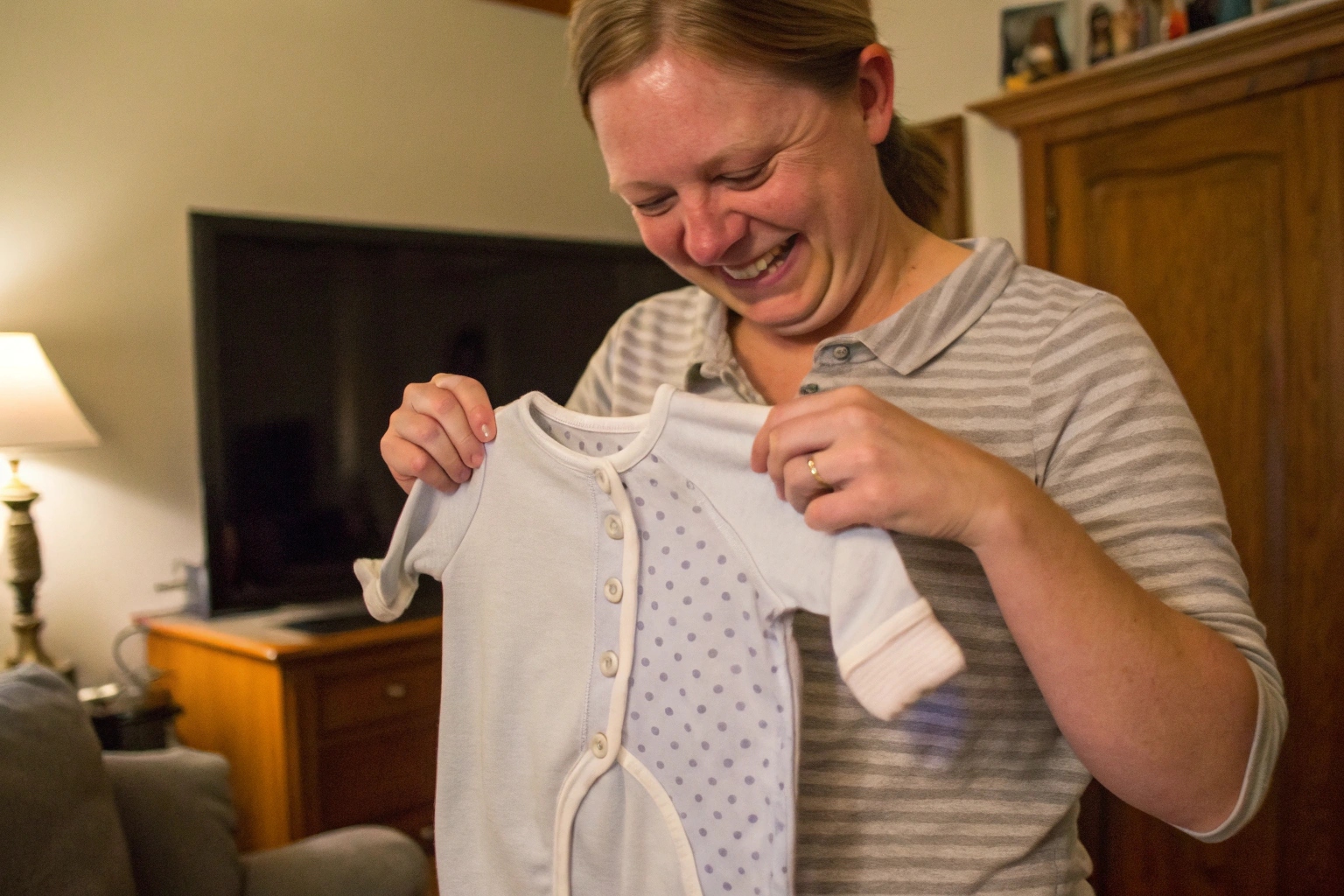Today’s parents want more than cute prints—they want babywear that feels personal. For DTC brands, that’s an opportunity to shine.
Direct-to-consumer baby brands are growing fast by offering personalized products that build emotional connection, loyalty, and higher margins.
In this guide, I’ll show how top DTC baby brands are using personalization to create stronger customer experiences—and how you can apply their strategies too.
How Direct-to-Consumer Brands Use Customization to Stand Out?
DTC babywear brands don’t have shelf space in stores. They compete through storytelling, product uniqueness, and fast customer connection.
Personalization helps DTC brands stand out online by turning babywear into emotional gifts, memory pieces, and social media moments.
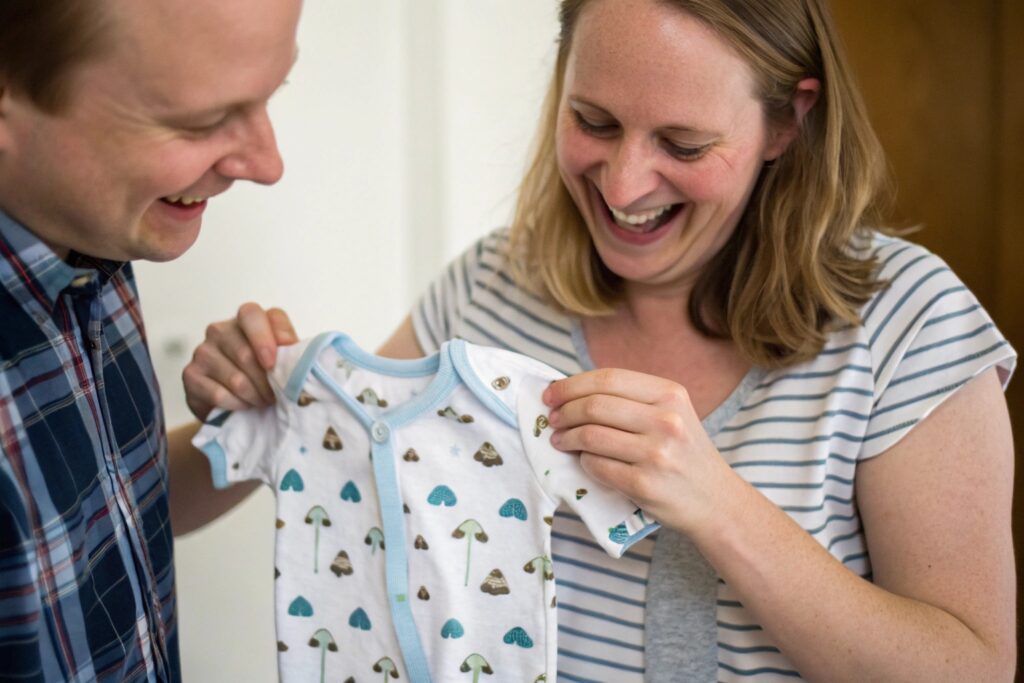
How does customization give DTC brands an edge over retail competitors?
Unlike retail chains that sell mass-produced designs, DTC brands use small-batch personalization to offer:
- Name printing or embroidery on onesies, bibs, and hats
- Birth month or zodiac themes that feel personalized
- Custom packaging with baby’s name or message
- Option to choose colors, patterns, or matching items
Because DTC brands own the whole journey—from website to delivery—they can offer personalized choices that feel special and still arrive fast.
At Fumao, we work with brands that ship weekly batches of custom items. Their buyers don’t just come back—they tell friends, post unboxing videos, and become brand advocates.
How does this strategy improve ad conversion and customer experience?
Personalization turns shopping into storytelling. DTC brands use it to:
- Improve CTR by showing unique, baby-specific items in ads
- Increase AOV with upsells like custom blankets or cards
- Reduce returns by setting clear expectations through mockups
- Boost reviews and referrals because parents love to share
We helped one startup launch a “Name Me” babywear ad series. Their return on ad spend (ROAS) increased by 3.2x compared to non-personalized items. Same platform, same spend—just better targeting and emotional appeal.
Why Personalization Drives Higher Customer Loyalty?
For baby brands, personalization doesn’t just bring sales. It builds deeper trust. Parents remember the brand that got their baby’s name right.
Customized babywear helps DTC brands build emotional loyalty, encouraging repeat purchases, referrals, and brand storytelling.
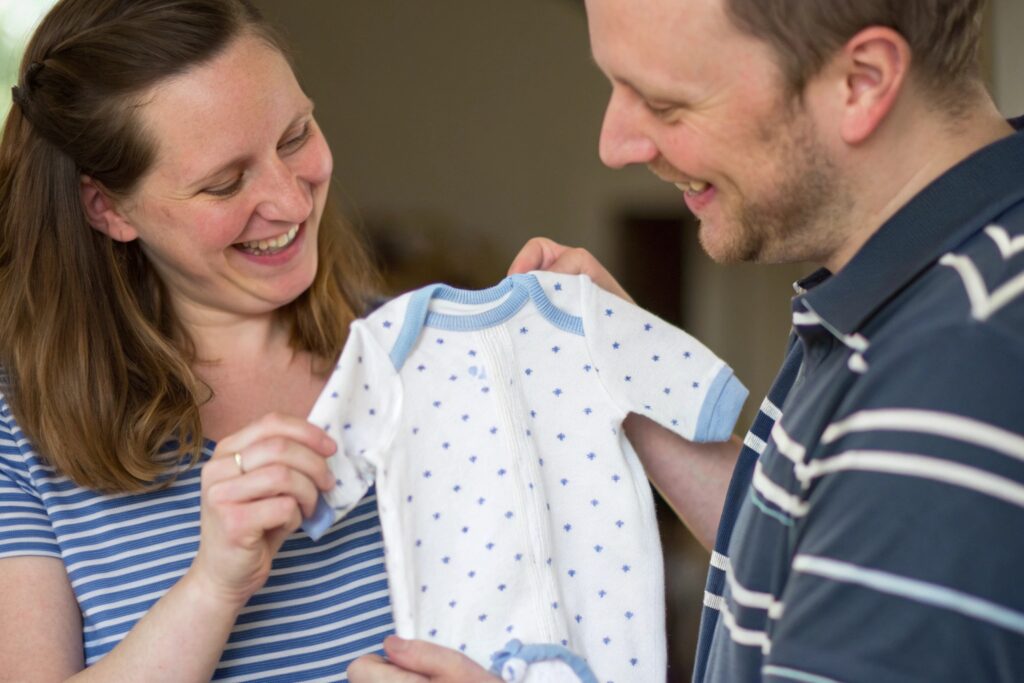
What emotional triggers make personalized babywear so powerful?
Here’s what we’ve observed from customer feedback:
- “This onesie with my baby’s name was the first thing they wore home.”
- “It made a perfect gift—everyone asked where I got it.”
- “I kept it in a box with their hospital tag.”
Babywear isn’t just apparel—it’s part of a memory. Personalization creates that memory and ties it back to the brand.
Here are some examples of emotional value:
| Feature | Emotional Trigger |
|---|---|
| Name on romper | Belonging, pride |
| Birthday month outfit | Time-based identity |
| Matching sibling sets | Family connection |
| Gift box with note | Sentiment and love |
How does emotional loyalty impact DTC brand performance over time?
Emotional connection leads to real numbers:
- Higher repeat rate – Customers return to buy “first birthday” or “big sibling” outfits
- Lower churn – Customers who felt an emotional connection are 3x less likely to switch brands
- More user-generated content – Parents tag and share photos of custom items
- Better reviews – Happy stories turn into 5-star ratings
A Fumao client added a free name card in each babywear box. Their reviews started including phrases like “thoughtful” and “memorable.” That simple detail created a ripple of retention and referral.
Examples of Successful Personalized Babywear Campaigns?
The top-performing babywear campaigns today all have one thing in common: they feel personal.
DTC baby brands win with campaigns that highlight milestone moments, name-driven designs, and emotional storytelling on social media.
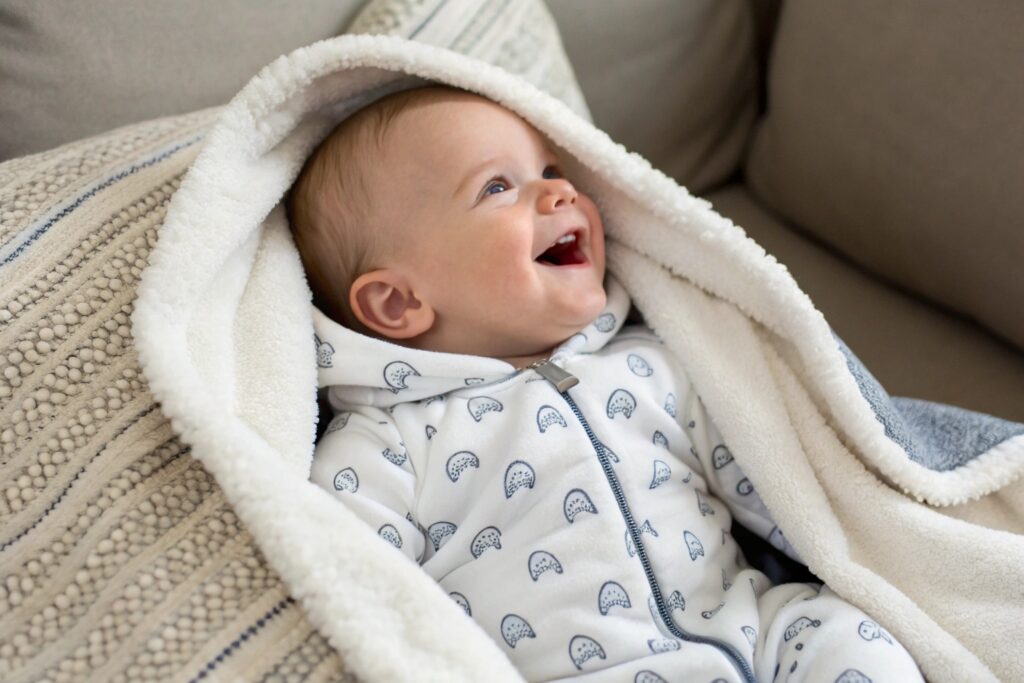
What are some real-world examples of DTC personalization campaigns?
Let’s look at what works:
| Brand Example | Personalization Concept | Result |
|---|---|---|
| LittleLetter Co. | Name embroidery on neutral babywear | Increased AOV by 22% |
| CozyCub Apparel | “Born in 2024” capsule sets | Monthly drop sold out |
| SnuggleRoots | Zodiac-themed newborn bundles | Shared heavily on Pinterest |
| BabyName Boutique | Name+initial twin sets | Used in 2,000+ Instagram tags |
Each of these brands combined strong design with personalization—and let customers co-create their product. That’s what builds momentum.
How can smaller DTC brands replicate these results?
You don’t need a big team or budget to succeed. Focus on:
- A few key custom products (onesies, bibs, blankets)
- A simple Shopify or WooCommerce store with personalization plugin
- Previews or mockups to manage expectations
- Clear product photos showing real babies in custom pieces
- Encouraging customers to tag your brand when they share
We helped a first-time brand launch using only 3 personalized styles. With weekly content and one targeted Facebook ad, they got 450 orders in month one.
Tools DTC Brands Use to Offer On-Demand Custom Options?
Managing personalization can be tough. But with the right tools, even small teams can handle hundreds of custom orders a week.
DTC brands use design plugins, order forms, automated SKU systems, and reliable factory partners to scale personalization.
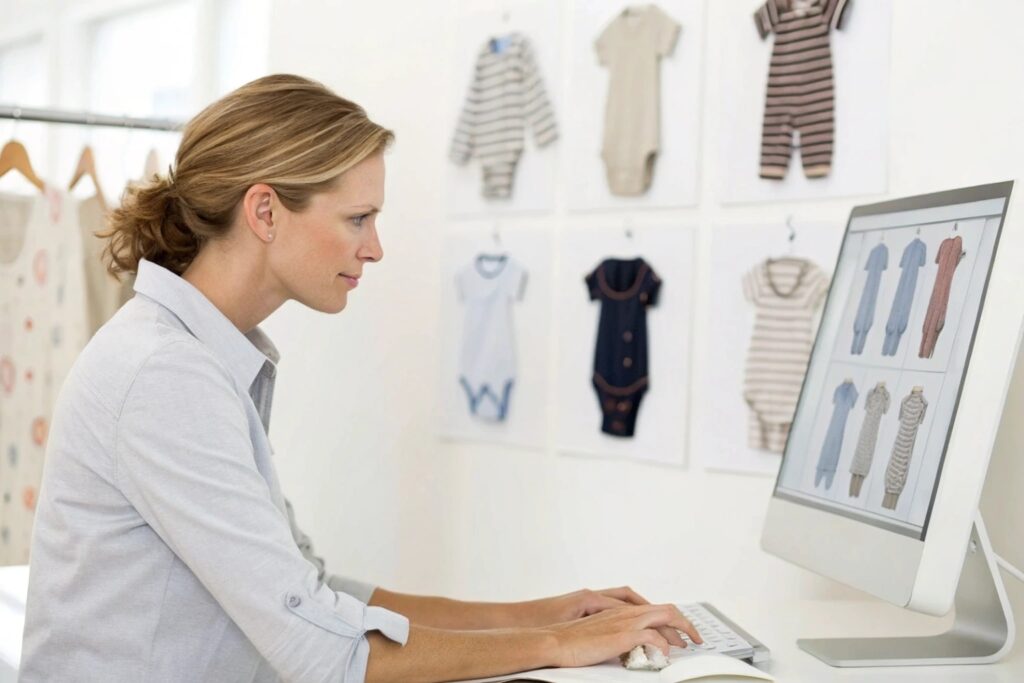
What tech tools help simplify personalized product management?
Here are some of the most effective options:
| Tool Type | Recommended Platforms/Tools | Function |
|---|---|---|
| Store Plugin | Product Personalizer, Zakeke (Shopify) | Real-time design preview |
| Mockup Generator | Canva, Placeit | Create name previews |
| Order Management System | OrderDesk, ShipStation | Track SKUs & custom info |
| Production Tracker | Google Sheets, Trello, Airtable | Batch control + QC notes |
| Fulfillment Partner | Fumao Clothing | Sample + bulk personalization |
At Fumao, we support weekly batch orders for DTC clients—printing names, prepping packages, and delivering directly to fulfillment hubs.
What operational tips help DTC brands scale without errors?
Some simple rules help a lot:
- Keep name fields limited (max 12 characters)
- Use CSV exports to organize custom requests
- Approve a production-ready sample and never skip QC
- Assign a dedicated team member to review daily orders
- Create preset design templates to reduce processing time
One of our clients used only two embroidery font options to avoid design delays. This helped them reduce production errors and speed up turnaround by 3 days.
Conclusion
Personalization isn’t a gimmick—it’s a growth strategy. For DTC baby brands, offering custom babywear creates deeper connections, higher value, and repeat customers who stay loyal for the long haul.

